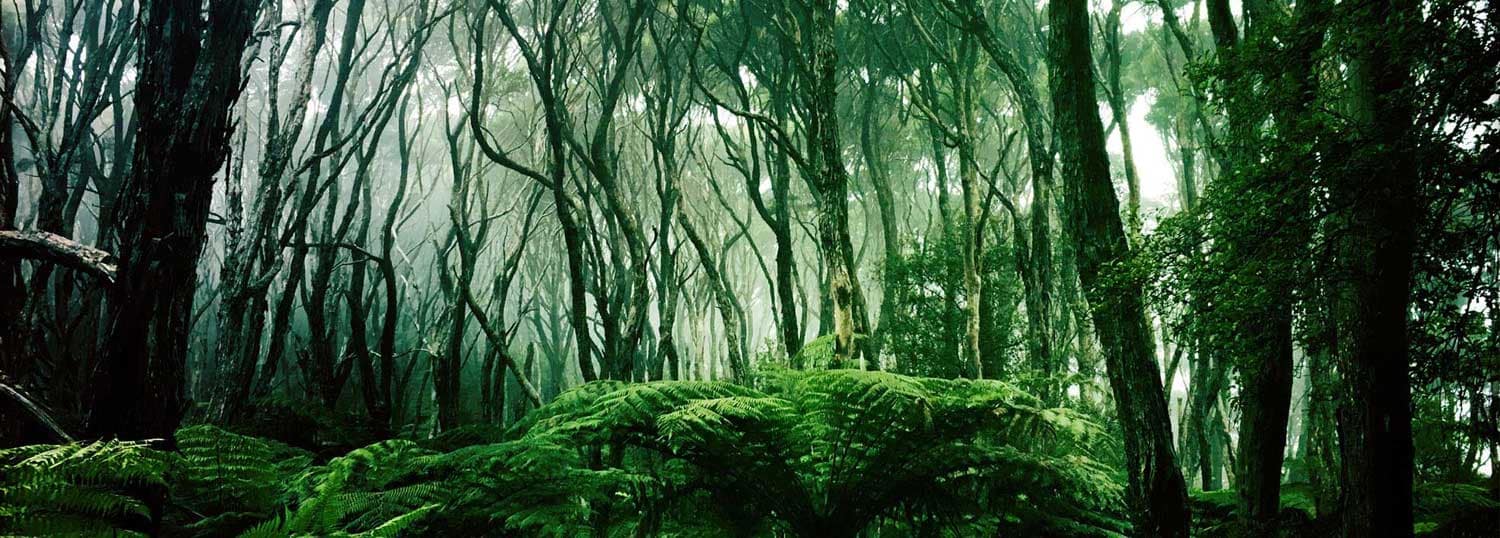
ARTIST STATEMENT
What drives me
Why do I make wooden vessels? It’s a combination of championing the natural environment with my self-confessed addiction to being a maker. I get immense satisfaction in taking a beautiful piece of wood and shaping it into something that has the simple function of a bowl, to hold food. But also a connection with the tree and a vessel to hold the memories we develop over time.
The connection with the Tree
My raw materials are pohutukawa, puriri, totara and many other beautiful natives. Each of these trees have their own personality: if they like to grow on the water’s edge, or in the deep valleys, the way they grow, how they mature and age …all of this personality and history is reflected in their wood.
The growth rings talk of the tree’s age and the growing conditions of each season. A ripple or ‘fiddleback’ speaks of strain under the weight of a limb. Or the wash of strange colour across the grain comes from the spalting of life after the tree itself has died. Each species of tree has its own unique characteristics.
A great example is Puriri. Most trees’ hardwood is found at its core but the Puriri has its hardest, long-lasting, wood on its exterior – the interior has generally rotted away to leave large internal voids. Working with these different natural characteristics has helped me create collections of work that reflect the tree and their own personalities.
One of my guiding principles has always been to keep some distinctive part of the original tree in each of the bowls, so people can have some connection to not only the wood but also the tree it grew from.
What it is to be an Artisan
It’s really important to me that artisans not only make something by hand but that we continue evolving our craft, developing our ideas and refining our techniques. So the end product is not just “handmade” but a piece of art in its own right.
I have a real passion for refining and developing how I work, from initial concept drawings to the various ways that I shape and add texture to the wood.
It might be obvious to say but the process and methods I’ve developed, shapes the finished work I make.
My functional work
Making vessels that help put food on the table has a simplistic rightness to it that has always appealed.
For my functional pieces, it’s not just the shape and what it’s to be used for but how it feels in your hands that matters.
The simple weight and balance of a bowl tells you a lot about how well a piece is made.
Leaving room for the wood to speak for itself.
One of my key underlying principles is to let the wood express its own character, tell its own story.
Adding contrasting textures and colour really help grab the eye and make for a tactile experience in the hands, but I always strive to leave space for the wood to also speak for itself with its own personality and to show its true colours.
The underlying form
Another focus of my work, that I strive for every day, is that under any texture, ebonizing or sanded surface there needs to be a beautiful form: Lines that flow and are pleasing to the eye.
Turn out the lights and you’ll lose the colour, texture and any fine details; backlight the piece and the silhouette should have flowing lines that are a pleasure to look at, irrespective of everything else!
Art vessels
This is where I put the wood first: drawing out the knots and bark inclusions to be the feature of the piece. With simple forms, that speak to the strength and beauty of the wood itself.
Environmental statement
Making bowls which are actually good for our environment is really important to me, please take a moment and read my Environmental statement.
Leave a comment
I'm always happy to hear your comments and thoughts about my work. Along with your questions and requests.
